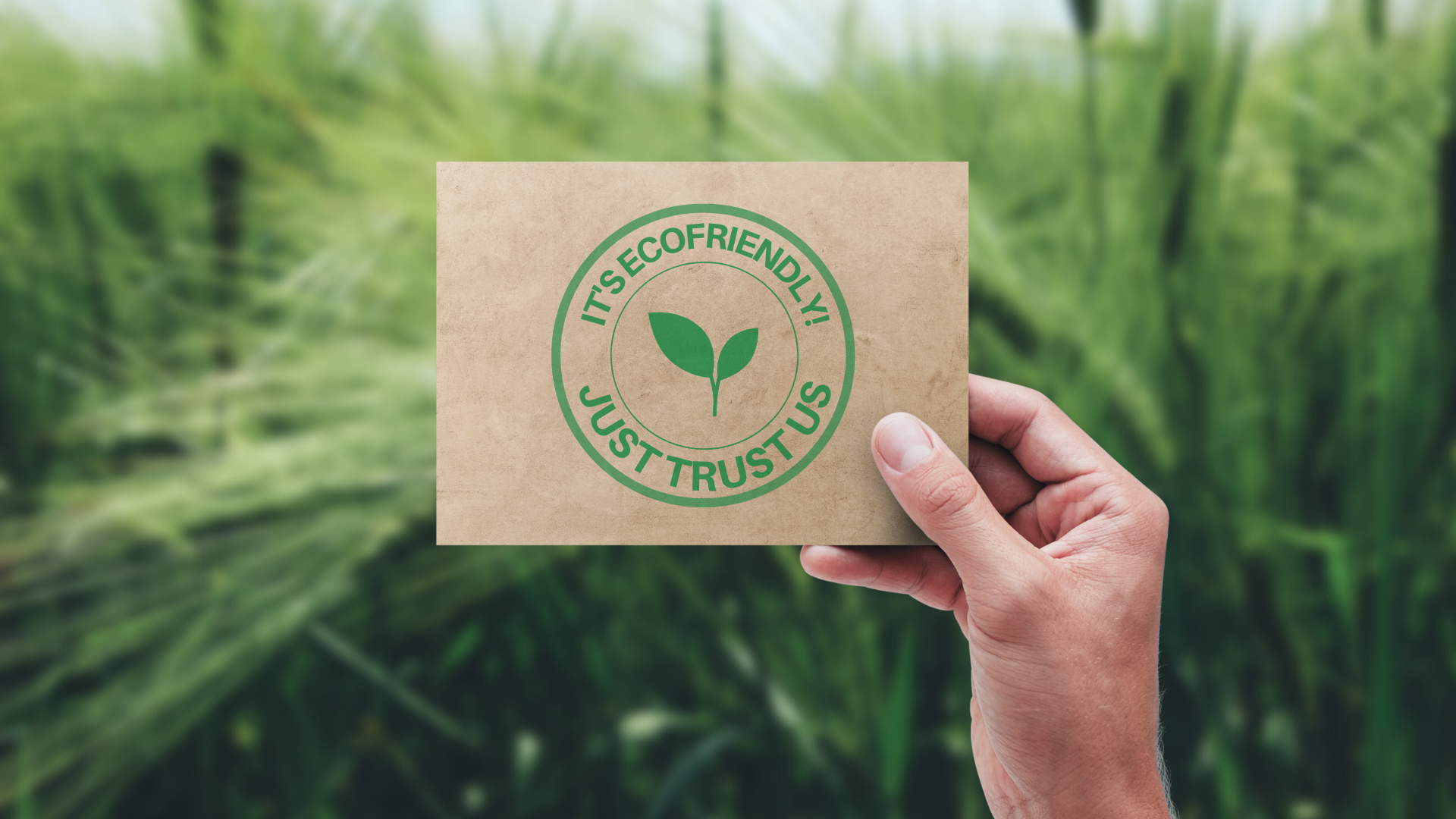
Discussions about climate change and the impacts of greenhouse gas (GHG) emissions have been on the agenda for a few decades. According to the Sixth Report Assessment of the Intergovernmental Panel on Climate Change (IPCC), released in 2022, despite numerous efforts, commitments and actions outlined, global GHG emissions continue to increase.
In this way, there is a movement by companies in search of process improvements and technologies to mitigate their environmental impacts, also meeting the growing demands of consumers in the face of impacts resulting from consumption. Communication with a sustainability bias aims to dialogue with the consumer and present the environmental footprint of the product, connecting consumption to environmental degradation, bringing transparency and rationality to the company-consumer relationship.
A environmental labeling as a communication tool with the consumer is not something new, but it has become a frequent device to clarify the environmental impacts or gains of products, in line with the transformation in the consumption habits of consumers, who seek to know about the environmental footprint of product.
There are currently a large number of environmental seals or labels on the market, but some of them do not present any type of concrete information, promoting misinterpretation among consumers regarding environmental issues. Other environmental labels are robust and present criteria for evaluating the impact of the product as they are in line with technical standards for life cycle assessment and have serious institutions that verify and certify their authenticity.
The International Organization for Standardization (ISO) establishes environmental labeling as a tool that allows relevant information about the environmental aspects of products to be brought to consumers through labels. According to the ISO 14020 series of standards, three types of labels can be available on the market:
- Type I Labeling (Eco-label or Green Seal): are those granted and monitored by an independent program, which considers environmental criteria and functional characteristics of products to evaluate and demonstrate compliance. This is the type of label most accepted by consumers due to its reliability.
- Type II Labeling (Environmental Self-Declaration): are those environmental declarations made by suppliers and manufacturers themselves without considering pre-established criteria. Include texts, symbols and graphics on the packaging label.
- Type III Labeling (Environmental Product Declaration): are those based on life cycle assessment studies, which detail the environmental impact of the elements that make up the product. This type of labeling is accredited according to different systems, such as the EPD – Environmental Product Declaration. There are different systems for submitting environmental product declarations, such as the International EPD System.
In this context, environmental labeling systems present themselves as a tool to influence consumers' purchasing decisions and as an incentive for companies to act with sustainability criteria. The consumer's decision to select labeled products influences other companies to adopt environmental standards so as not to lose market space to the competition, contributing to the fact that environmental labeling also presents an associated social value.
Therefore, it is essential that companies initiate debates and promote forms of consumer awareness through shared information, making environmental information as well as nutritional information common on product labels.
Is your company prepared to think about establishing this dialogue with the market and the consumer? And you, the consumer, are you prepared to become more inquisitive, researching and informing yourself about the message, the certifying body and the criteria behind that seal on the product packaging?
Share